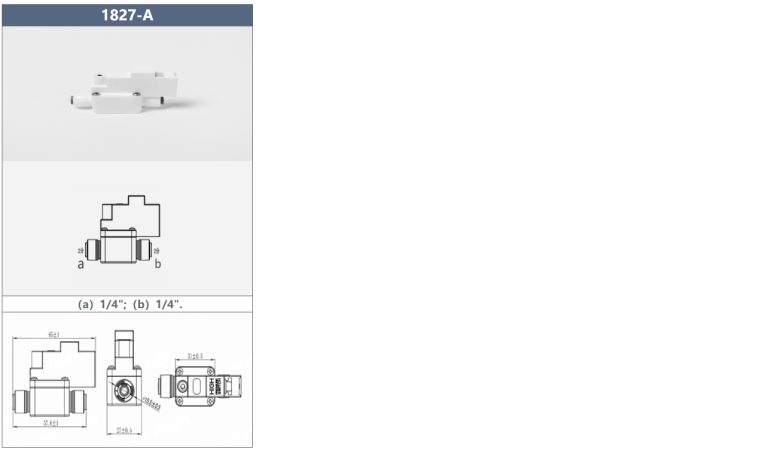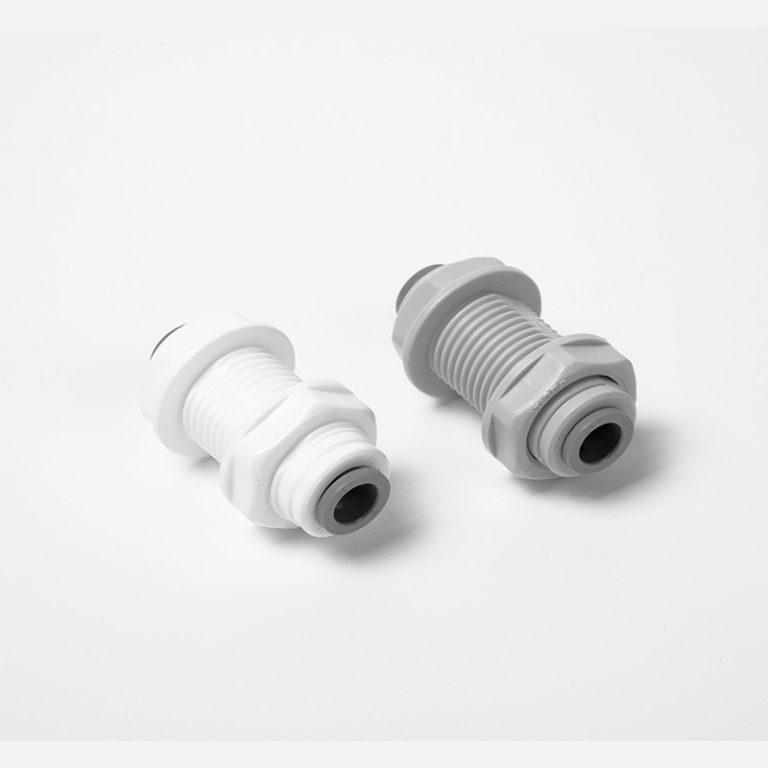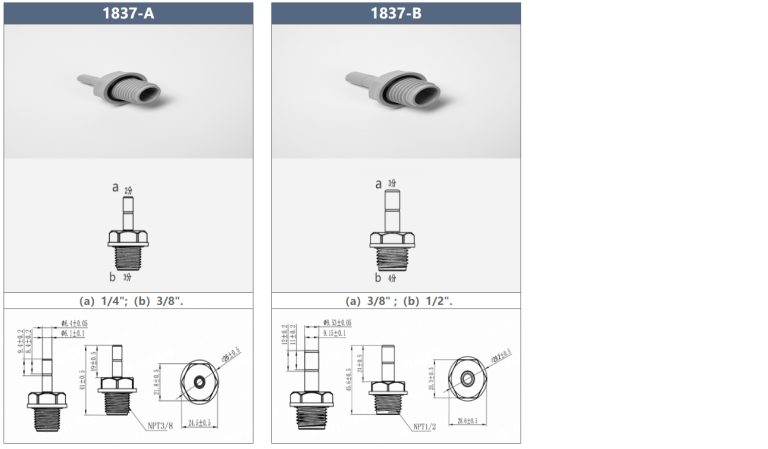“Unscrew with ease: tips for removing plastic plumbing fittings”
Table of Contents
Proper Tools and Techniques for Unscrewing Plastic Plumbing Fittings
Plastic plumbing fittings are commonly used in residential and commercial plumbing systems due to their affordability and ease of installation. However, over time, these fittings may need to be replaced or repaired, requiring them to be unscrewed. Unscrewing plastic plumbing fittings may seem like a daunting task, but with the proper tools and techniques, it can be done efficiently and effectively.
One of the most important tools you will need to unscrew plastic plumbing fittings is a pair of adjustable pliers. These pliers will allow you to grip the fitting securely and apply the necessary force to unscrew it. It is important to use adjustable pliers rather than regular pliers, as they will give you more control and prevent damage to the fitting.

Before attempting to unscrew the plastic plumbing fitting, it is important to turn off the water supply to the area where the fitting is located. This will prevent any water from leaking out and causing a mess. Once the water supply is turned off, you can begin the process of unscrewing the fitting.
To unscrew a plastic plumbing fitting, start by gripping the fitting with the adjustable pliers. Make sure to grip the fitting firmly but not too tightly, as this could cause damage. Once you have a secure grip on the fitting, begin turning it counterclockwise to loosen it. It may take some force to initially break the seal, so be patient and apply steady pressure.
If the fitting is particularly stubborn and will not budge, you may need to apply some lubricant to help loosen it. Silicone lubricant or WD-40 are both good options for this purpose. Simply spray the lubricant onto the fitting and allow it to sit for a few minutes before attempting to unscrew it again. The lubricant will help to reduce friction and make it easier to unscrew the fitting.
If you are still having trouble unscrewing the plastic plumbing fitting, you may need to use a pipe wrench to provide additional leverage. A pipe wrench is a heavy-duty tool that can grip onto the fitting securely and allow you to apply more force to unscrew it. Be careful when using a pipe wrench, as it can cause damage to the fitting if not used properly.
Once you have successfully unscrewed the plastic plumbing fitting, you can then proceed with replacing or repairing it as needed. Make sure to clean the threads on both the fitting and the pipe before installing the new fitting to ensure a proper seal. It is also a good idea to use thread seal tape or pipe joint compound to help prevent leaks.
In conclusion, unscrewing plastic plumbing fittings may require some effort, but with the proper tools and techniques, it can be done successfully. By using adjustable pliers, turning off the water supply, applying lubricant if necessary, and using a pipe wrench for extra leverage, you can effectively unscrew plastic plumbing fittings without causing damage. Remember to take your time and be patient, and you will be able to complete the task with ease.
Common Mistakes to Avoid When Removing Plastic Plumbing Fittings
Plastic plumbing fittings are commonly used in residential and commercial plumbing systems due to their affordability and ease of installation. However, when it comes time to remove these fittings, it can be a bit tricky if you don’t know the proper techniques. In this article, we will discuss some common mistakes to avoid when removing plastic plumbing fittings to ensure a smooth and successful process.
One of the most common mistakes people make when trying to unscrew plastic plumbing fittings is using the wrong tools. It is important to use the correct tools for the job to avoid damaging the fittings or causing leaks. When removing plastic fittings, it is best to use a pair of adjustable pliers or a pipe wrench. These tools provide a secure grip on the fitting, making it easier to unscrew without causing any damage.
Another mistake to avoid when removing plastic plumbing fittings is not properly preparing the area. Before attempting to unscrew the fitting, it is important to turn off the water supply to prevent any leaks or flooding. Additionally, it is a good idea to place a bucket or towel underneath the fitting to catch any excess water that may leak out during the removal process.
| Model | Tube(a) | Stem(b) |
|---|---|---|
| 1801-A | 1/4 | 1/4 |
| 1801-C | 1/4 | 3/17 |
One common mistake that many people make when removing plastic plumbing fittings is applying too much force. Plastic fittings are not as strong as metal fittings, so it is important to be gentle when unscrewing them. Applying too much force can cause the fitting to crack or break, making it much more difficult to remove. Instead, use steady and even pressure to slowly unscrew the fitting without causing any damage.
Another mistake to avoid when removing plastic plumbing fittings is not properly lubricating the threads. Over time, plastic fittings can become stuck due to corrosion or mineral buildup. To make it easier to unscrew the fitting, it is a good idea to apply a small amount of lubricant to the threads before attempting to remove it. This will help to loosen the fitting and make it easier to unscrew without causing any damage.
One final mistake to avoid when removing plastic plumbing fittings is not being patient. Removing plastic fittings can be a delicate process that requires time and precision. Rushing through the process can lead to mistakes and potentially cause damage to the fittings or surrounding pipes. Take your time and work slowly to ensure a successful removal process.
In conclusion, removing plastic plumbing fittings can be a challenging task if you don’t know the proper techniques. By avoiding these common mistakes and following the tips outlined in this article, you can successfully unscrew plastic plumbing fittings without causing any damage. Remember to use the correct tools, prepare the area properly, apply gentle pressure, lubricate the threads, and be patient throughout the process. With these tips in mind, you can easily remove plastic plumbing fittings and keep your plumbing system running smoothly.




